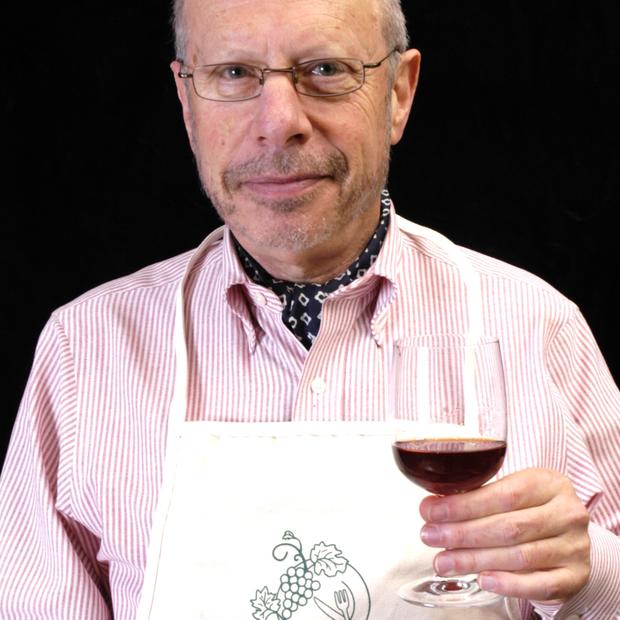Air France 046 touched down right on schedule on a bright Monday in June, five years ago, water cannons spraying the Airbus A330 in a festive salute, the pilot waving French and American flags from his cockpit window. It was the first nonstop flight from Charles de Gaulle to SeaTac. Champagne toasts and official speeches followed, blessing this rapprochement of the Eiffel Tower and the Space Needle.
A long-awaited nonstop flight from Seattle to Paris! It was about our own sense of identity. Sure, we'd been able to reach London, Amsterdam, or Copenhagen overnight for decades. But Paris had always eluded us. Now we could live happily in Seattle, knowing that it was possible to have lunch today at Le Pichet and lunch tomorrow on the Champs Elysées. For many francophiles, it was life-changing.
What's more, some of those 65 million Frenchmen also got to do the same thing: visit Seattle. (Not all incoming visitors were French, either; they came from all over Europe.) Little-known fact: the average French visitor to the US is on his third or fourth trip to North America. Airlines understand that travel demand can't be one-sided, but until a decade ago, Seattle was in the backwoods of French consciousness. Now, with plenty of media exposure and the boom in hi-tech, from “Sleepless in Seattle” to Microsoft and Amazon, that's no longer the case.
The clincher, for Jean-Cyril Spinetta, then-CEO of Air France, came at a dinner with French business leaders (carefully orchestrated by Port of Seattle officials) who needed faster, reliable access to their customers and subsidiaries in the Pacific Northwest. Finally convinced of the pent-up demand from the European side, Spinetta okayed that first, 200-seat Airbus, promising to switch to a larger aircraft if the headcount could justify it. As it turned out, demand was sufficient to upgrade twice, first to a 747 with 19 extra seats, then to the current Airbus 340, with 247 seats. Nearly 50,000 passengers a year ride those Air France flights, five days a week, from SeaTac to Charles de Gaulle.
And they will continue to ride AF 041, but it won't be an Air France plane; Delta is taking over the route. On Saturday, March 24th, the last AF 041 actually operated by Air France will take off, once again with an honor guard of water cannons.
It's been a good run these past five years, prompting more than a little nostalgia.
Bill King, who was then Washington state's point man for international economic development, actually brought the first French carrier to SeaTac back in 1989. It was the freight line UTA, which delivered French-built jet engines for Boeing planes under a joint venture with General Electric. UTA was acquired by Air France soon thereafter, and, for a time, the cargo planes had Air France cargo livery.
Next came Kazue Ishiwata. As the Port of Seattle's senior manager for AirService Development (as it's known), she spent more than 10 years negotiating with Air France planners before the SEA-CDG service finally happened in 2007. She was commended by Air France executives for her tenacious, "textbook case" presentation of the business argument in favor of the routing, and was gratified that within a couple of years the "load factor" (as occupancy is known in the airline biz) was high enough for Air France to replace the original A-330 with the A-340. In fact, AF recorded the highest load factor among all European services in Seattle in 2010, about 85 percent, plenty to keep the route going.
But it costs a bundle for an airline to keep a staff stationed at a destination: $75 million a year for Air France in Seattle, according to one unofficial estimate. So they try to spread the expense to code-share and joint-venture partners. Air France has 250 destinations worldwide and flies 75 million passengers a year with 600 planes. Delta — the world's biggest carrier — is more efficient, serving 350 markets and 165 million passengers a year with 750 planes.
Air France has a joint-venture agreement for their North American routes with its European partners (KLM and Alitalia) as well as with Delta. It matters not which airline sells the most seats, as they share the profit anyway, based on a formula called capacity ratio.
The joint-venture partners meet regularly to examine revenue-enhancing tweaks to their shared routes (permitted without the pesky intrusion of anti-trust regulations), so it makes sense for Delta to take over the operational responsibilities of the Paris flight. Delta already operates more than two dozen daily flights out of SeaTac, including destinations in Asia and Europe (its own and code-shares to London, Frankfurt, and Amsterdam in addition to Paris). It's simply more efficient for Delta to do the work than for a stand-alone airline to staff for a single, five-day a week flight.
No surprise, either, according to an off-the-record source inside Air France, that the company has "other plans" for the A340 aircraft it's currently using for its SEA-CDG route.
Ishiwata, the Port of Seattle analyst, acknowledges that times are tough for Air France. "They have taken down other routes, including Orlando, which would not be substituted by Delta," he says. So we're lucky.
Says Jack Cowan, Seattle's American-born, Honorary Consul for France (and, as it happens, newly decorated with the French Legion of Honor for his unflagging service to the interests of the French nation), "The important thing is, we still have the route."


